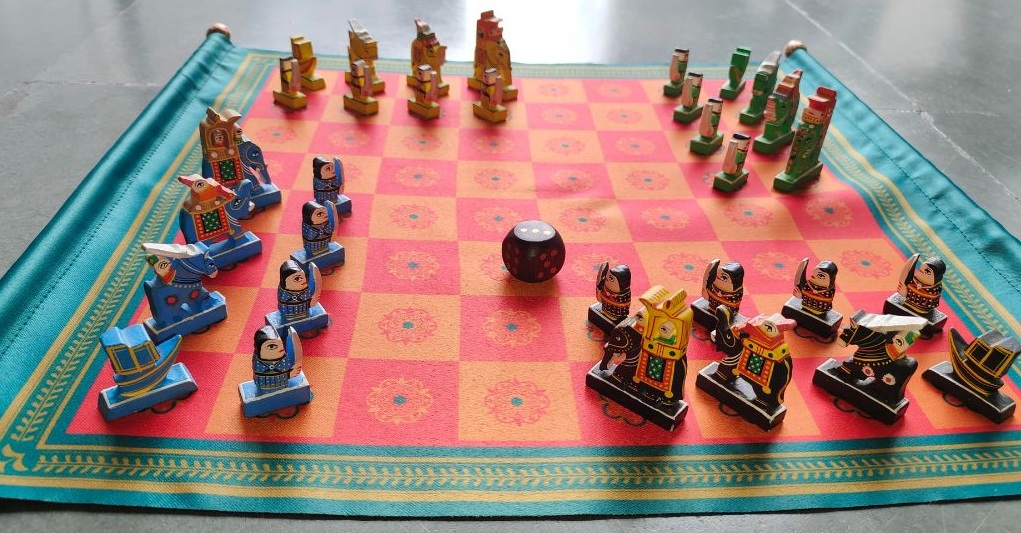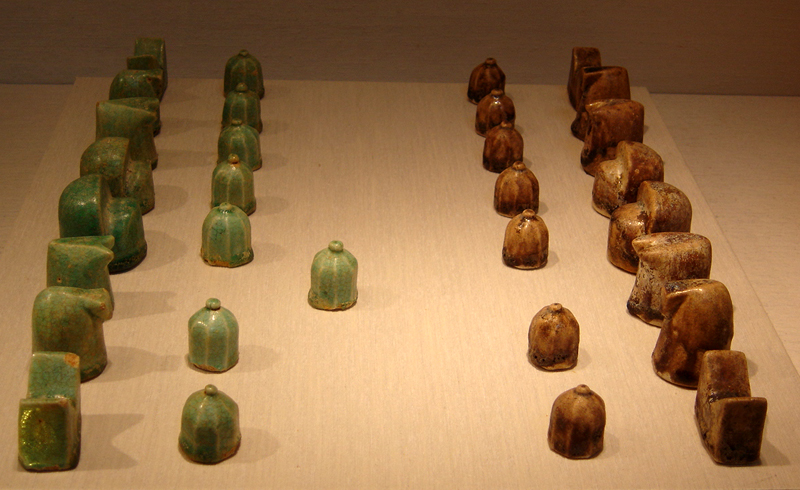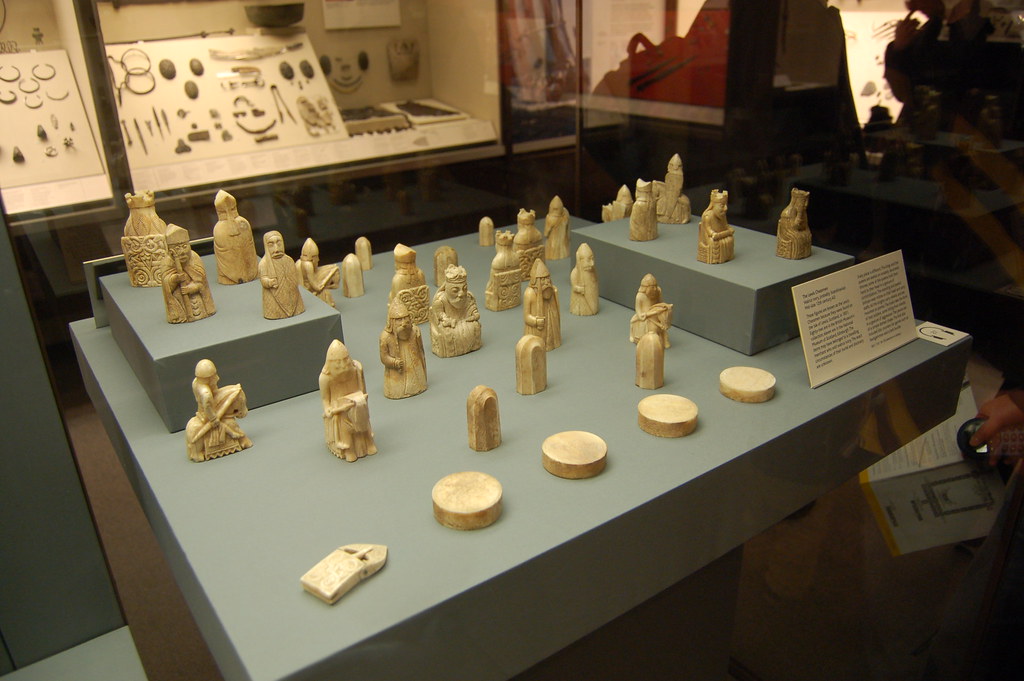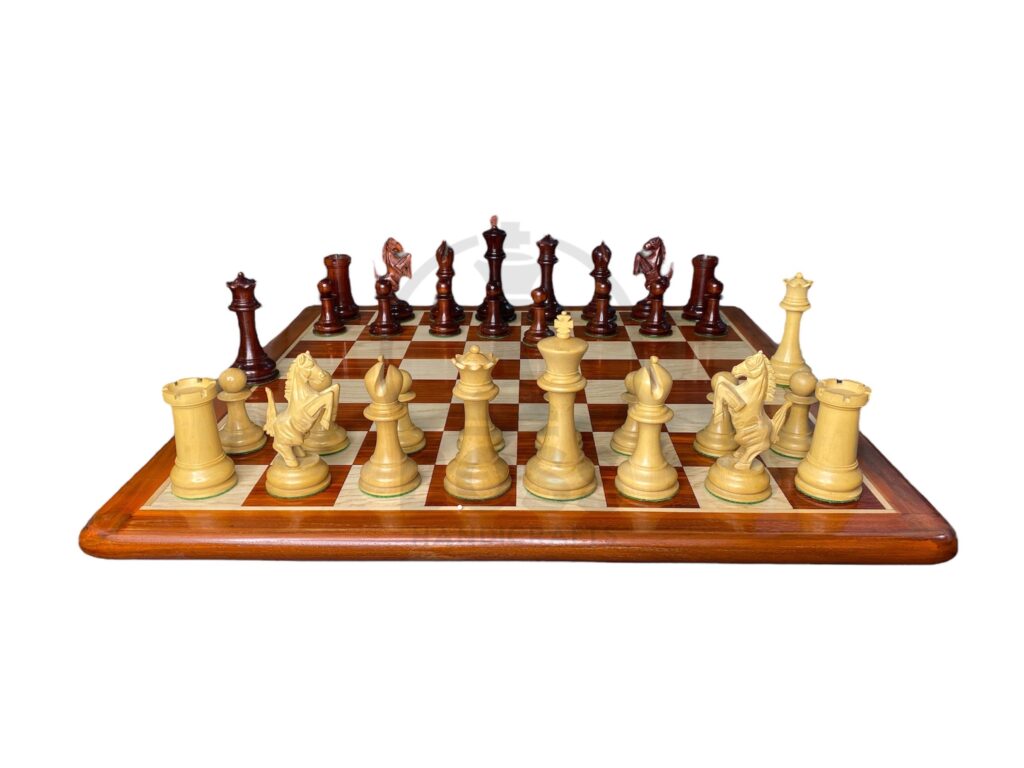Flat 30% OFF Use Code FLAT30
Flat 15% OFF Use Code STORE15
Flat 40% OFF Use Code FLAT40
COD Available
Flat 30% OFF Use Code FLAT30
Flat 15% OFF Use Code STORE15
Flat 40% OFF Use Code FLAT40
COD Available
Chess, one of the world’s oldest and most beloved games, has a rich and fascinating history that spans over 1500 years. From its origins in ancient India to its current status as a global phenomenon, chess has evolved, adapted, and captivated people from all walks of life. In this article, we’ll delve into the detailed history of chess, exploring its development, spread, and impact on human culture.

The earliest known predecessor of chess, called “chaturanga,” emerged in ancient India during the Gupta Empire (320-550 AD). Chaturanga was a game of strategy and skill, played on an 8×8 square board with pieces that represented the four branches of the Indian army:
Chaturanga was more than just a game; it was a reflection of Indian society and culture. The game was often played by nobles and intellectuals, who appreciated its complexity and strategic depth.

From India, chess spread to Persia (modern-day Iran), where it was adopted and renamed “shatranj.” The game became a favorite among the nobility and upper classes, who prized it for its intellectual challenge and strategic complexity.
As the Islamic Empire expanded, chess spread throughout the Middle East, North Africa, and Spain. The game was adopted and adapted by various cultures, leading to the development of new variants and strategies.
During the Islamic Golden Age (8th-13th centuries AD), chess became an integral part of Arab and Persian culture. The game was played by scholars, poets, and intellectuals, who wrote extensively about its strategies and tactics.

Chess arrived in Europe through the Mediterranean trade routes and the Moorish invasion of Spain. The game was adopted by the nobility and clergy, who saw it as a symbol of intellectual sophistication and strategic thinking.
During the Middle Ages, chess underwent significant changes, particularly in Europe. The game became more formalized, with standardized rules and piece movements. The modern chess pieces, including the queen, bishop, and pawns, emerged during this period.
As the Renaissance swept through Europe, chess experienced a resurgence in popularity. Chess clubs and societies sprang up in major cities, providing a hub for enthusiasts to gather, play, and discuss the game.
This period also saw the emergence of chess literature, including books and treatises on strategy and tactics. The most famous chess book of this era is likely “The Noble Game of Chess” by Ruy Lopez de Segura, a Spanish priest who wrote extensively on chess strategy.

The modern era of chess began in the 19th century, with the establishment of the World Chess Championship in 1886. The championship has been held annually since then, with some of the greatest minds in chess competing for the title.
The 20th century saw the rise of chess as a global phenomenon, with international tournaments, grandmasters, and chess engines that can analyze games and provide insights.
The history of chess is a rich tapestry of cultural exchange, intellectual curiosity, and strategic innovation. From its ancient origins in India to its current status as a global phenomenon, chess has captivated people from all walks of life.
Whether you’re a casual player or a grandmaster, chess offers a unique combination of art, science, and sport that continues to inspire and challenge us to this day.
References-
Images from Google
For Buy Premium and Quality Chess Click Here – https://bosshandicrafts.com/shop/